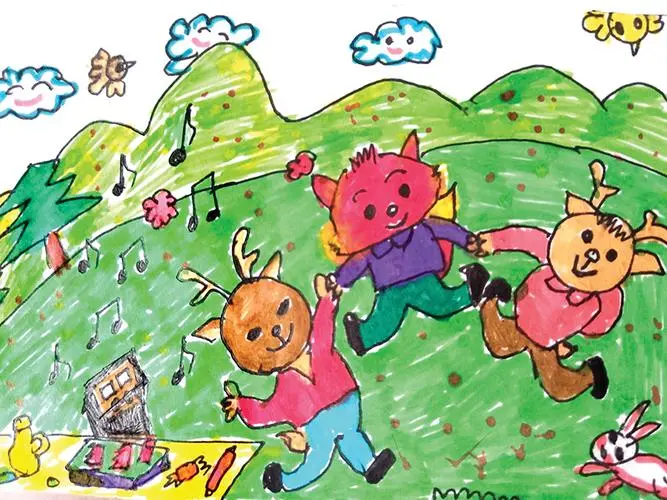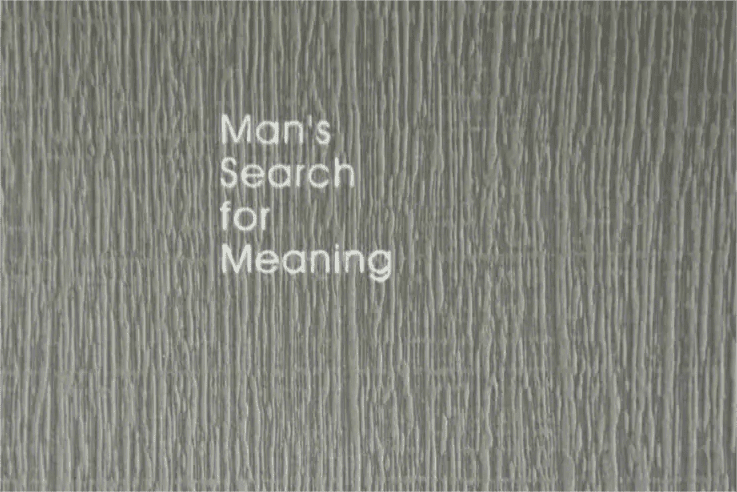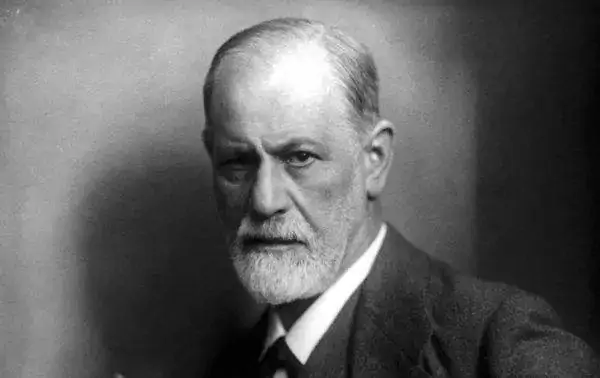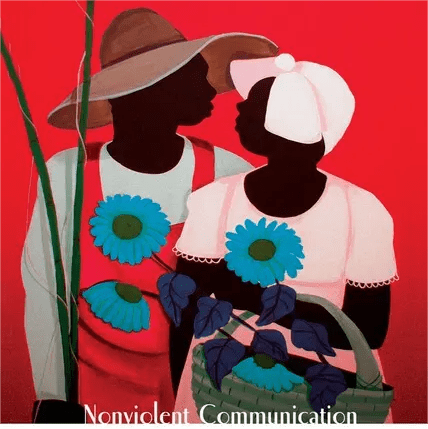In the introduction, the author explains that the book is a new style of writing that she wrote under the pseudonym Jane Summers now that she has “made it big”. Its publication, as expected, was not without its difficulties, for most editors did not recognise it as Lessing’s work and assumed that the author was a novice. It was also because of this experience that Lessing wanted young writers to see:
Some of the attitudes and processes they have to submit to are rigid and mechanical, and have nothing to do with who they are, what talent they have, or how much talent they have.
The “good neighbours”, as the title and many references in the book are called, are women, usually elderly, hired by the city of London to visit the homes of elderly people who live alone from time to time, to have a cup of tea with them, to check on them and to look after them. These “good neighbors” don’t get paid much, and they don’t do it for the money.
Jane Summers, the “me” set in this book, is an able, middle-aged, successful woman who worked for many years at a well-regarded women’s fashion magazine in London, until she became deputy editor and then editor, not long after her husband and mother died of illness.
Jane, who had never been distracted by the health of her husband or mother, ended up doing many things for the poor, eccentric, competitive Mrs. Fowler that even a “good neighbor” would have thought was out of place. Many people thought of her as a “good neighbor,” but she never denied it. Instead, she called Mrs. Fowler a friend, and she believed in her heart that Mrs. Fowler deserved such a friendship. And Mrs. Fowler, who never accepted the government’s “good neighbors” and “hour workers,” and who was seen as unreasonable and difficult to talk to (because the good neighbors always urged her to go to a nursing home, which she hated and feared most), became increasingly dependent on Jane, and even to the end of her life, Jane was her most dependent person.
So why do women, who are unlikely to cross paths between the two worlds, come together and influence each other? In fact, Jane herself has often wondered how she got to this point with Modi.
As she frequented high-class social events such as lunches and fashion shows, Jane never let up on her image. After trying and exploring, she did not simply chase fashion, but formed a set of her own style. Her clothes are often tailored by special tailors, and even the lace used is carefully selected. Her mother once said the daughter could feed her family with the money she spent on her face and clothes. She lives a regular and self-controlled life, taking long baths every Sunday night before getting ready to wear head-to-toe every day for the next week, making sure “not a hair is left ungroomed”.
But after her husband fell ill and died, Jane found that she could not live except work. Even if she moved to a comfortable and luxurious new apartment, she could not find the feeling of home. It was just another office or a place to rest, because she did not have a life of her own. Originally, that has always been recognized as a confident and independent career talent, just a little girl has not been independent. In retrospect, she realized that she had no idea what her husband and mother were thinking during their illness. Going back, she never knew how her mother took care of her elderly grandmother, or how her sister helped take care of her. Because at that time, her mind was not on these things, she never knew how to take care of others. She turned out to be a little daughter, little wife, to discover this, she felt devastated.
It was at this time that Jane happened upon a slovenly, fierce, hag-looking Mrs. Fowler in her nineties in a drugstore, who was in need of help.
Perhaps everyone has a need to be needed. It is not known whether her mother and husband made Jane feel needed during their serious illnesses, but Mrs. Fowler, who was outwardly stubborn and forceful, had ways of expressing her needs that drew Jane closer to her. For example, despite her temper, there were moments of weakness, and she would occasionally say, Never mind me, dear, never mind the way I behaved. The headstrong Fowler was not ungrateful. She likes to talk to Jane about happy things, and says she is happy now because of Jane’s company
If the chance meeting is a coincidence, then the development of long-term friendship must have a reason. Though Jane could not say it herself, she had noticed at the first acquaintance that there was something very kind in Mrs. Fowler’s eyes, for all her outward fieriness. The head of the local social workers’ organization, and later the nurses at the hospital, said that Mrs. Fowler had an indescribable magnetism and that they, too, liked her.
In fact, the elderly are not a featureless, ambiguous group. Each of them has their own personality, and all of them have their lovely, amiable side. It’s all about how much we know about them.
After Jane met Mrs. Fowler, she was surprised to see many old people on the streets of her neighborhood. She had never seen old people before. What attracted her eyes were the young, attractive, well-dressed, and handsome people. She exclaimed:
How scared we are of old age: We can’t even look!
Although Lessing’s book is set in London in the 1970s, it is worth asking today’s readers whether we are in a similar situation. A few days ago, I saw an article criticizing the demonization of the elderly on “Everybody”. I forwarded it because it touched me so much. Unexpectedly, a recently retired woman posted a comment saying that they are synonymous with undiscipline and disrespect for the elderly. I don’t know how she can distinguish herself from old age now that she has entered it. You can see just how biased our society is against older people.
It is fair to say that Jane’s view of the world has changed somewhat because of Mrs. Fowler.
In addition, not long after meeting Mrs. Fowler, Jane was unable to get out of bed for several days because of rheumatism, an experience that made her feel old and helpless. Aging is a series of losses. It’s about the willingness to do things but not the strength to do them. It’s about the difficulty of doing things that normally seem easy. She discovered how privileged, how wonderful, how precious it was to be able to do everything for herself if she didn’t need any help.
It cannot be said that Jane helped Mrs. Fowler out of simple sympathy. Though she later helped other old ladies, she was no Madonna, and she never liked her neighbor across the street, Mrs. Penny, whose lack of boundaries made her fear of encroachment on her life, though she blamed herself for it. But the episode certainly gave Jane more empathy. Jane could picture Mrs. Fowler:
There was a time when she, like me, spent all her time in the shower, washing cups and dishes, cleaning and washing her hair.
She didn’t feel well, so she didn’t want to clean again, not once, not twice — and then the room didn’t clean much, except occasionally sweeping the ground in the middle of the house, and gradually ignoring corners and corners and under the bed. The last thing to give up was her kitchen.
And then the interval between her shampoos got longer and longer… Then she stopped washing clothes, picked up the cleanest ones, put them back until they were the cleanest again, took them out again, and so on.
Every old man has been young once, and those who do not know what aging is will grow old.
Jane did many things for Mrs. Fowler afterwards that she had not even done for her mother or her husband during their illness. Jane bathed her, cleaned the bedpan, clipped her nails, cleaned the room, helped her, hugged her. Previously, Jane had been unable to kiss and hug her mother, assuming her family did not like physical contact.
On the surface, it seems that Mrs. Fowler gets more out of the relationship because she is the caregiver and Jane is the giver, but in reality, Jane’s work and life are greatly influenced by Mrs. Fowler. As Mrs. Fowler grows weaker and more in need of Jane’s company and care, she gradually cuts back on her hours and withdraws from the office, where internal strife grows fiercer. It’s hard to imagine that Jane, who only had work on her mind, could have made such a decision.
However, it was thanks to this period of time and reflection with Mrs. Fowler that, as Mrs. Fowler lay dying, Jane wrote and published a romantic novel, The Milliner of Marylebone, based on Mrs. Fowler, but made her luckier and happier. In other words, she rewrites the fate of Mrs. Fowler and makes Maudie’s difficult life lighthearted and full of surprises. Perhaps Jane couldn’t bear to leave Mrs. Fowler alone in a fictional world, which I must say is Jane’s mercy. I wonder if Mrs. Fowler herself would have laughed at Jane if she had seen a different version of her own fate, or would have lost her temper reluctantly. Either reaction seemed to belong to Mrs. Fowler.
What was Mrs. Fowler, then, that Jane valued so highly? At Mrs. Fowler’s funeral, Jane relayed a story Mrs. Fowler often told to answer the question:
“She used to tell a story like this. She was unemployed, having lost her job as a cleaner to the flu. She had no money and prayed all the way home, help me, God, help me, God… Then she looked down and saw half a crown on the sidewalk. And she said, Thank you, God. She went into the nearest shop, bought a raisin loaf, and ate it there and then, for she was very hungry. Then she bought bread, butter, jam, and a little milk. There are six pence left. On her way home, she went to the church, put six pence in the donation box, and said to God, You helped me, now I help you.”
I’m sure my mother and husband would be glad to see what Jane had done for Mrs. Fowler and how she had grown up. That “little daughter, little wife” had grown up and was not the little girl they had taken care of.






